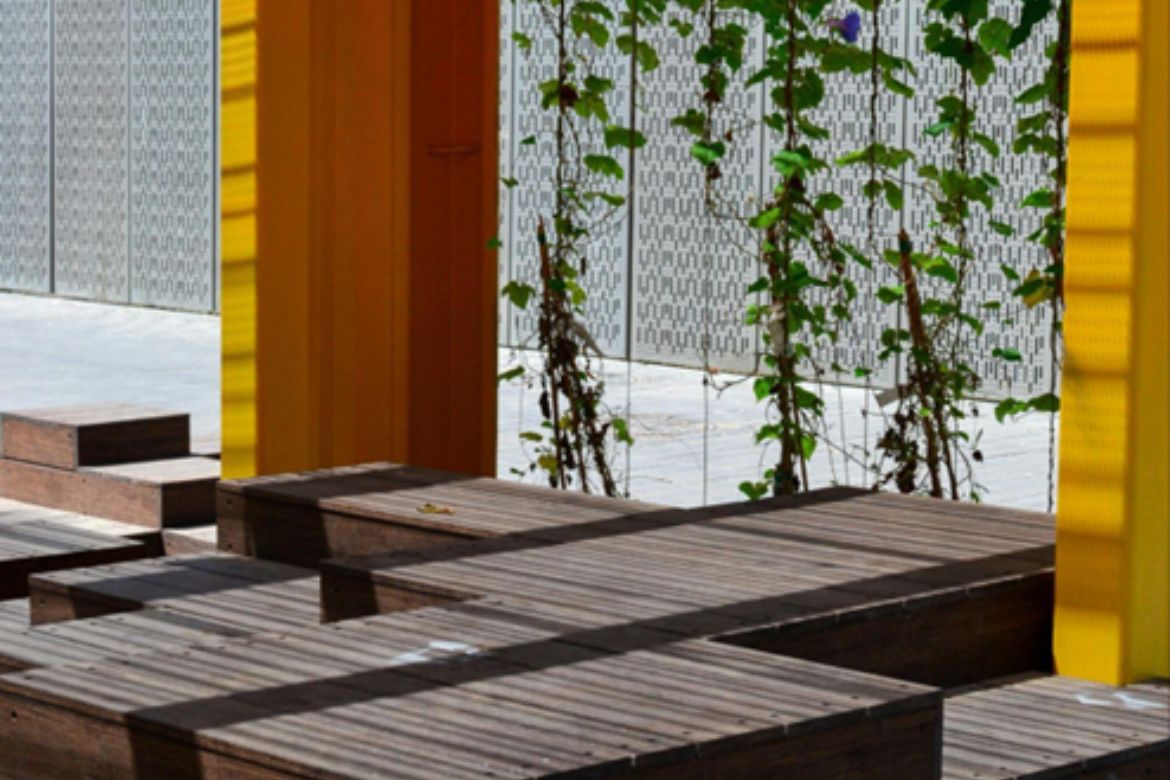As awareness of environmental sustainability increases, more homeowners and builders are turning towards eco-friendly construction methods. This trend is especially evident in pergola construction, where adopting sustainable practices can significantly benefit both the environment and the long-term durability of the structure. This guide delves into various eco-friendly solutions for pergola construction services, emphasizing how these methods not only help in conserving the environment but also enhance the durability and aesthetics of the pergolas. Sustainable pergola construction includes the use of materials that are either recycled or responsibly sourced.
Options such as reclaimed wood, bamboo, and composites made from recycled plastics are popular for their minimal environmental impact and robustness. Additionally, integrating energy-efficient features like solar panels or designing the structure to maximize natural shading can greatly reduce energy consumption. Water conservation can also be addressed by incorporating rainwater harvesting systems that reuse water for garden irrigation. By highlighting these eco-friendly practices, this guide shows how sustainable construction choices can lead to a structurally sound and visually appealing pergola, all while promoting environmental stewardship and enhancing the usability of outdoor spaces.
1. Sustainable Materials
Choosing the right materials is the first step towards building an eco-friendly pergola. Sustainable materials are those that are sourced, processed, and distributed in ways that minimize environmental impact. Here are some popular options:
Bamboo: Known for its rapid growth and sustainability, bamboo is a strong, durable, and attractive alternative to traditional wood.
Reclaimed Wood: Using reclaimed or recycled wood reduces the demand for new timber, decreasing deforestation and landfill waste.
Composite: Composites made from recycled plastics and wood fibers are not only durable but also require less maintenance than traditional materials.
Cork: A lesser-known option, cork is renewable, biodegradable, and provides a unique aesthetic.
2. Energy-Efficient Design
Designing a pergola with energy efficiency in mind involves considering the orientation, material selection, and integration of energy-saving features:
Orientation: Position the pergola to maximize natural light while minimizing direct sun exposure, reducing the need for artificial cooling and lighting.
Green Roofing: Incorporating green roofs or planting vines can help insulate the pergola, lowering energy costs related to heating and cooling the adjacent indoor spaces.
Solar Panels: Installing solar panels on the pergola roof can generate clean electricity, powering outdoor lights and other electrical needs sustainably.
3. Water Conservation Features
Integrating water conservation features into pergola designs can significantly reduce the water footprint of your outdoor spaces:
Rainwater Harvesting: Install gutters and downspouts that direct rainwater from the pergola roof into a rain barrel or directly into garden beds.
Drip Irrigation Systems: For pergolas covered with plant life, using a drip irrigation system ensures that water is delivered directly to the roots where it’s needed most, minimizing waste.
4. Eco-Friendly Treatments and Finishes
The choice of treatments and finishes can greatly impact the environmental footprint of a pergola:
Low-VOC Stains and Paints: Use products with low volatile organic compounds (VOCs) to minimize air pollution and potential health risks.
Natural Oil Finishes: Treat wood with natural oils like linseed or tung oil, which are less harmful to the environment compared to synthetic sealants.
5. Construction Practices
Eco-friendly construction practices are as important as the materials and designs chosen:
Waste Reduction: Plan carefully to minimize waste, and recycle or repurpose scraps.
Local Sourcing: Choose local materials and labor to reduce transportation-related carbon emissions and support the local economy.
6. Multi-Functional Designs
Design pergolas to serve multiple functions, thereby maximizing the utility of a single structure and reducing the need to build additional structures:
Integrated Gardening: Design the pergola to support vertical gardens or integrate planters, enhancing biodiversity and air quality.
Adaptable Spaces: Create designs that adapt to different uses over time, such as adjustable shading to accommodate seasonal changes or varied activities.
7. Durability and Maintenance
Investing in durability extends the life of the pergola, reducing the frequency of replacements and the associated environmental impact:
Robust Construction: Ensure the construction is robust enough to withstand local weather conditions, reducing repair needs.
Easy Maintenance: Choose materials and designs that are easy to maintain, decreasing the need for harsh cleaning chemicals and frequent repairs.
8. Certifications and Standards
Adhering to recognized certifications can guide and validate the eco-friendliness of your pergola construction:
LEED Certification: Aim for Leadership in Energy and Environmental Design (LEED) standards in your construction practices.
FSC Certification: Ensure wood materials are sourced from forests certified by the Forest Stewardship Council (FSC), which promotes responsible forest management.
Conclusion
Eco-friendly pergola construction not only supports environmental sustainability but also offers substantial long-term benefits for homeowners. These benefits include energy savings, enhanced durability, and a healthier living environment. By choosing sustainable materials, incorporating energy-efficient designs, and adhering to eco-conscious construction practices, you can create a pergola that is both an attractive addition to your home and a testament to your dedication to environmental stewardship. Sustainable materials such as recycled wood, bamboo, and composites reduce environmental impact and provide long-lasting durability. Energy-efficient designs optimize natural light and airflow, reducing the need for artificial cooling and lighting. Moreover, eco-conscious building practices minimize waste and pollution during the construction process.
These elements combine to produce a pergola that not only enhances the aesthetic and functional aspects of outdoor spaces but also promotes a greener, more sustainable way of living. Whether you’re a homeowner envisioning a new outdoor area or a contractor focused on eco-friendly projects, these guidelines are invaluable. They ensure that the pergolas you design and build are both functional and sustainable, aligning with modern environmental goals while enriching your home’s outdoor experience.


